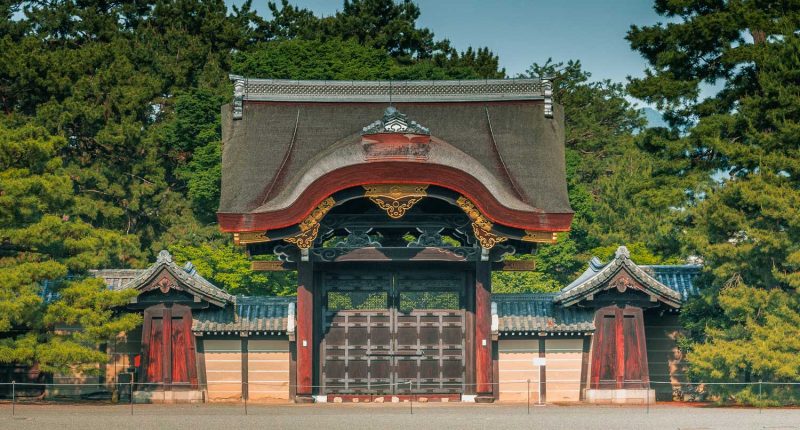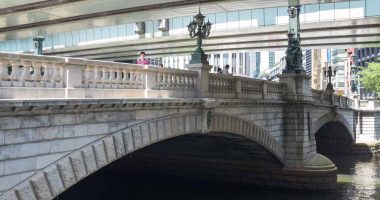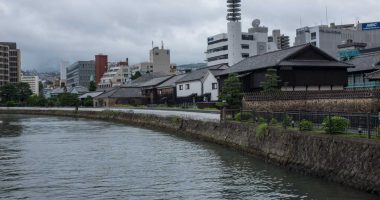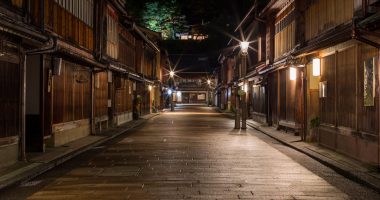Kyoto Imperial Palace (京都御所, Kyōto Gosho) is the former residence of the Imperial Family and seat of the Emperor during the Heian period (794-1185) and the Edo period (1603-1868), before the capital changed from Kyoto to Tokyo in 1868 with the Meiji Restoration. The palace sits in Kyoto Imperial Park (京都御苑, Kyōto Gyoen), a rectangular area that runs 1.3km from north to south and 700 meters from east to west.
Like many structures in Japan, the palace has suffered devastation several times over its history and the building visitors see today was constructed in 1855. Along with the Imperial Palace there are a handful of other historical sites in the park grounds, including the Sento Imperial Palace (仙洞御所, Sentō Gosho), the Kujo Residence, and a sub-shrine of Miyajima’s Prefecture’s Itsukushima Shrine on an island in a small lake at the south of end of the palace grounds.
Like many other areas of Kyoto, the park grounds are particular popular during the cherry blossom season and autumn.
How to visit?
While you are free to enter the park grounds, Kyoto Imperial Palace (Kyōto Gosh) can only be visited by joining one of the daily tours. These are given in Japanese, English (10am and 2pm), and Chinese and take about 50 minutes to complete. Note that the palace is closed on Mondays (unless a public holiday) and that visitors will be required to go through security check at the entrance.
The tour is free and does not require visitors to pre-register, but you should arrive at the Visitor’s Room well before the tour begins. See the official website for more details. Route map for the tour available here.




